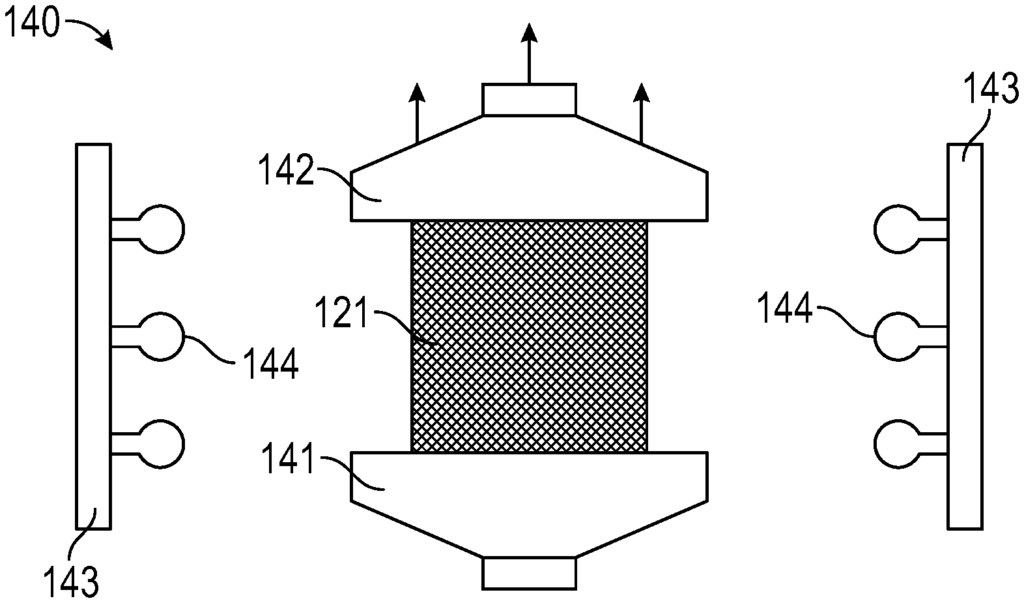Elevate Your Products with the Strength and Flexibility of Carbon Nanotube Yarns
Introduction
In the realm of advanced materials, the pursuit of excellence is driven by a need for stronger, lighter, and more adaptable solutions. Imagine integrating a material into your products that not only meets these demands but also pushes the boundaries of what’s possible. Our innovation, incorporating carbon nanotube yarns into composite materials, offers precisely that—unparalleled strength, flexibility, and versatility for a wide range of applications.
Why This Matters
- Unmatched Strength-to-Weight Ratio: Carbon nanotubes are known for their extraordinary strength and lightweight properties. By weaving these nanotubes into yarns and embedding them into composites, we create materials that are incredibly strong yet remain remarkably light. This makes them ideal for industries like aerospace and automotive, where reducing weight without sacrificing strength is crucial.
- Enhanced Flexibility and Durability: Unlike traditional composites, which can be rigid and prone to failure under stress, our carbon nanotube-enhanced materials are designed to bend and flex without losing their structural integrity. This flexibility opens up new possibilities for applications in sports equipment, construction, and even wearable electronics, where durability under dynamic conditions is key.
- Versatile Applications Across Industries: Whether you’re developing the next generation of lightweight aircraft components, designing high-performance sports gear, or creating cutting-edge electronic devices, this technology offers a competitive edge. The integration of carbon nanotube yarns into your products can significantly enhance their performance, making them stand out in a crowded market.
Why License This Technology?
By licensing this patent, you’re not just adopting a new material—you’re gaining access to a transformative technology that can elevate your products to new levels of performance and innovation. This composite material, with its unique combination of strength, flexibility, and lightweight properties, offers a distinct advantage in industries where excellence is the standard.
The Opportunity
In a world where the demands on materials are ever-increasing, don’t just keep up—lead the charge. License this groundbreaking technology today and set your products apart with the unparalleled benefits of carbon nanotube yarns. The future of advanced materials is here, and it’s woven with the fibers of innovation.

- Abstract
- Claims
The invention claimed is:
1. A method of forming a composite material, the method comprising:
14. The method of claim 1, further comprising:
15. A method of forming a composite material, the method comprising:
Share
Title
Composite materials including carbon nanotube yarns and methods
Inventor(s)
Zhiyong Liang, Gerald Horne, Ayou Hao, Claire Jolowsky
Assignee(s)
Florida State University Research Foundation Inc
Patent #
10967587
Patent Date
April 6, 2021
